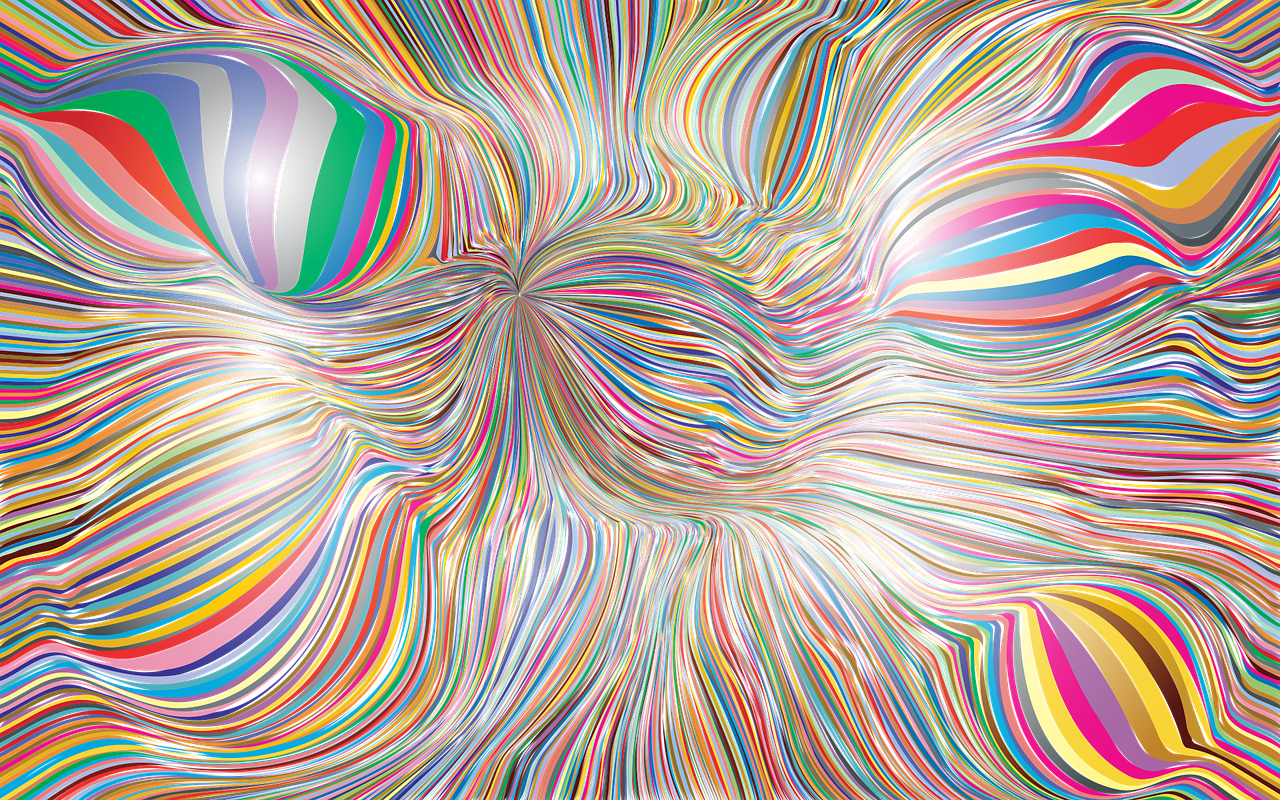The Roman Imaginary: Portraits and Divine Likenesses

Hey there, amazing readers! 🖐️ Just a quick note: yes, we know there are a lot of ads here. Trust us, we get it—it’s not the prettiest look, but they help us keep this blog alive and kicking. Those pesky little ads cover the costs of all the behind-the-scenes magic, from hosting and tech stuff to creating content we hope you’ll love.
We’re committed to delivering quality posts, and your support (even just sticking around despite the ads) means everything to us. So, bear with us, and thanks for helping us keep the good vibes rolling. Now, on to the fun stuff! 😉
TRANSLATE BUTTON AT THE END OF THE ARTICLE
The Roman Imaginary: Portraits and Divine Likenesses
Overview
Portraiture played a significant role in ancient Rome, serving as a means to capture the likeness of individuals, convey political and social messages, and even depict emperors as divine beings.
Influenced by Greek art, Roman portraiture evolved over time, giving rise to veristic and idealized portraits.
Additionally, the Romans depicted deities in their art, attributing specific symbols and attributes to identify them.
These portraits and divine likenesses were not merely artistic creations but also tools of imperial propaganda, reinforcing the power and authority of the emperors.
The legacy of Roman portraiture continues to influence art and serves as a valuable record of the Roman imaginary.
Introduction: Portraits in Ancient Rome
Portraits held immense importance in ancient Roman society, reflecting the significance of individuals and their role within the community.
These portraits, often displayed in public spaces, served as a visual representation of the person’s status, achievements, and lineage.
Whether it was an emperor or a common citizen, portraiture in Rome aimed to capture the physical features and character of the individual, showcasing their uniqueness and identity.
Evolution of Roman Portraiture
Roman portraiture was greatly influenced by the artistic traditions of the Greeks, particularly during the Republican period.
Initially, Roman portraits closely followed the Greek Hellenistic style, characterized by lifelike representations.
However, as Rome grew more powerful, a new style known as veristic portraiture emerged.
Veristic portraits focused on capturing the aging process and displaying the physical flaws of the subject, emphasizing a sense of realism and authenticity.
The Influence of Greek Art on Roman Portraits
Greek art had a profound impact on Roman portraiture, especially during the Republican period.
Roman artists, inspired by Greek sculptures and paintings, adopted their techniques and styles.
The Greeks valued idealized beauty, but the Romans sought to depict individuals as they truly were, emphasizing the importance of individuality and character over an idealized form.
This influence can be seen in the early Roman portraits, which bore a striking resemblance to Greek art.
Veristic Portraits: Capturing Realism in Roman Art
Veristic portraits, which emerged during the late Republican period, aimed to capture the natural aging process and depict the subject with all their imperfections.
These portraits often portrayed elderly men with deeply lined faces, wrinkles, and prominent features.
The purpose of veristic portraiture was to convey a sense of honesty and authenticity.
By showing the physical signs of aging, the Romans sought to emphasize the wisdom and experience of the subject.
Idealized Portraits: Conveying Political and Social Messages
While veristic portraits focused on realism, idealized portraits emerged during the Imperial period, conveying political and social messages.
These portraits depicted individuals, particularly emperors, in a more idealized and flattering manner.
Idealized features, such as youthful appearances and symmetrical facial proportions, aimed to project an image of power, authority, and divine connection.
These portraits were used as tools of propaganda to elevate the status of the emperor and reinforce their position as the ultimate ruler.
Divine Likenesses: Emperors as Gods
In Roman society, emperors were deified after their death, and their portraits took on divine characteristics.
These divine likenesses were intended to convey the message that the emperor was not only a political leader but also a god on Earth.
By associating themselves with deities, emperors sought to legitimize their power and maintain control over their subjects.
These divine portraits often depicted the emperor with divine attributes, such as a laurel wreath or a thunderbolt, further reinforcing their divine status.
The Cult of Deified Emperors: Worship and Representation
The deification of emperors led to the establishment of cults dedicated to their worship.
These cults played a crucial role in the Roman religious landscape, with temples and statues dedicated to the deified emperors.
The portraits of the deified emperors served as the focal point of these cults, representing their divine presence.
Through worship and representation, the cult of deified emperors reinforced the imperial ideology and the divine authority of the rulers.
Portraits of Gods and Goddesses in Roman Art
In addition to portraits of emperors, Roman art also depicted various gods and goddesses.
These representations aimed to articulate the religious beliefs and mythologies of the Roman people.
The gods and goddesses were portrayed with specific symbols and attributes characteristic of their divine identity.
For example, Jupiter was often depicted holding a thunderbolt, while Venus was shown with a mirror and a shell.
These symbols aided the viewers in identifying the deities and understanding their significance within the Roman pantheon.
Symbols and Attributes: Identifying Deities in Art
Roman art utilized a variety of symbols and attributes to identify and distinguish deities.
These symbols served as visual cues, allowing the viewers to recognize and connect with the divine figures depicted.
For instance, the symbol of an eagle was associated with Jupiter, representing his connection to the heavens and his role as the king of gods.
Similarly, the goddess Minerva was often portrayed with a helmet and a shield, signifying her association with wisdom and warfare.
Imperial Propaganda: Portraits and Divine Likenesses
Roman portraiture, especially the depiction of emperors as divine beings, served as a powerful tool of imperial propaganda.
By presenting the emperors as gods, the ruling elites aimed to strengthen their authority and control over the population.
These portraits were displayed in public spaces, such as temples and forums, ensuring that the message of divine rulership was widely disseminated.
Portraits of emperors were also minted on coins, reinforcing their status as the ultimate authority in the Empire.
Legacy of Roman Portraiture: Influence and Significance
The legacy of Roman portraiture extends far beyond the ancient world.
Roman artists developed techniques that would be adopted and refined by later civilizations, influencing the course of Western art.
The realism of veristic portraiture and the idealized representations of emperors continue to inspire artists to this day.
Furthermore, Roman portraiture serves as a valuable historical record, providing insights into the lives, values, and aspirations of the Roman people.
These portraits and divine likenesses offer a glimpse into the Roman imaginary, preserving the visual heritage of one of the greatest civilizations in history.
Conclusion: Preserving the Roman Imaginary
Roman portraiture, with its emphasis on capturing realism, conveying political messages, and portraying emperors as divine beings, played a pivotal role in shaping the Roman imaginary.
The evolution of Roman portraiture, influenced by Greek art, produced veristic and idealized portraits that reflected the values of Roman society.
The depiction of emperors as gods through divine likenesses contributed to their authority and control over the empire.
Additionally, the portrayal of gods and goddesses in Roman art, with their distinctive symbols and attributes, enabled the viewers to identify and understand the divine figures.
The legacy of Roman portraiture continues to resonate in the art world, serving as a testament to the skill and creativity of ancient Roman artists and preserving the rich visual heritage of the Roman Empire.

The Enlightenment Journey is a remarkable collection of writings authored by a distinguished group of experts in the fields of spirituality, new age, and esoteric knowledge.
This anthology features a diverse assembly of well-experienced authors who bring their profound insights and credible perspectives to the forefront.
Each contributor possesses a wealth of knowledge and wisdom, making them authorities in their respective domains.
Together, they offer readers a transformative journey into the realms of spiritual growth, self-discovery, and esoteric enlightenment.
The Enlightenment Journey is a testament to the collective expertise of these luminaries, providing readers with a rich tapestry of ideas and information to illuminate their spiritual path.
Our Diverse Expertise 🌟
While our primary focus is on spirituality and esotericism, we are equally passionate about exploring a wide range of other topics and niches 🌍📚. Our experienced team is dedicated to delivering high-quality, informative content across various subjects ✨.
To ensure we provide the most accurate and valuable insights, we collaborate with trusted experts in their respective domains 🧑🏫👩🏫. This allows us to offer well-rounded perspectives and knowledge to our readers.
Our blog originally focused on spirituality and metaphysics, but we’ve since expanded to cover a wide range of niches. Don’t worry—we continue to publish a lot of articles on spirituality! Frequently visit our blog to explore our diverse content and stay tuned for more insightful reads.
























